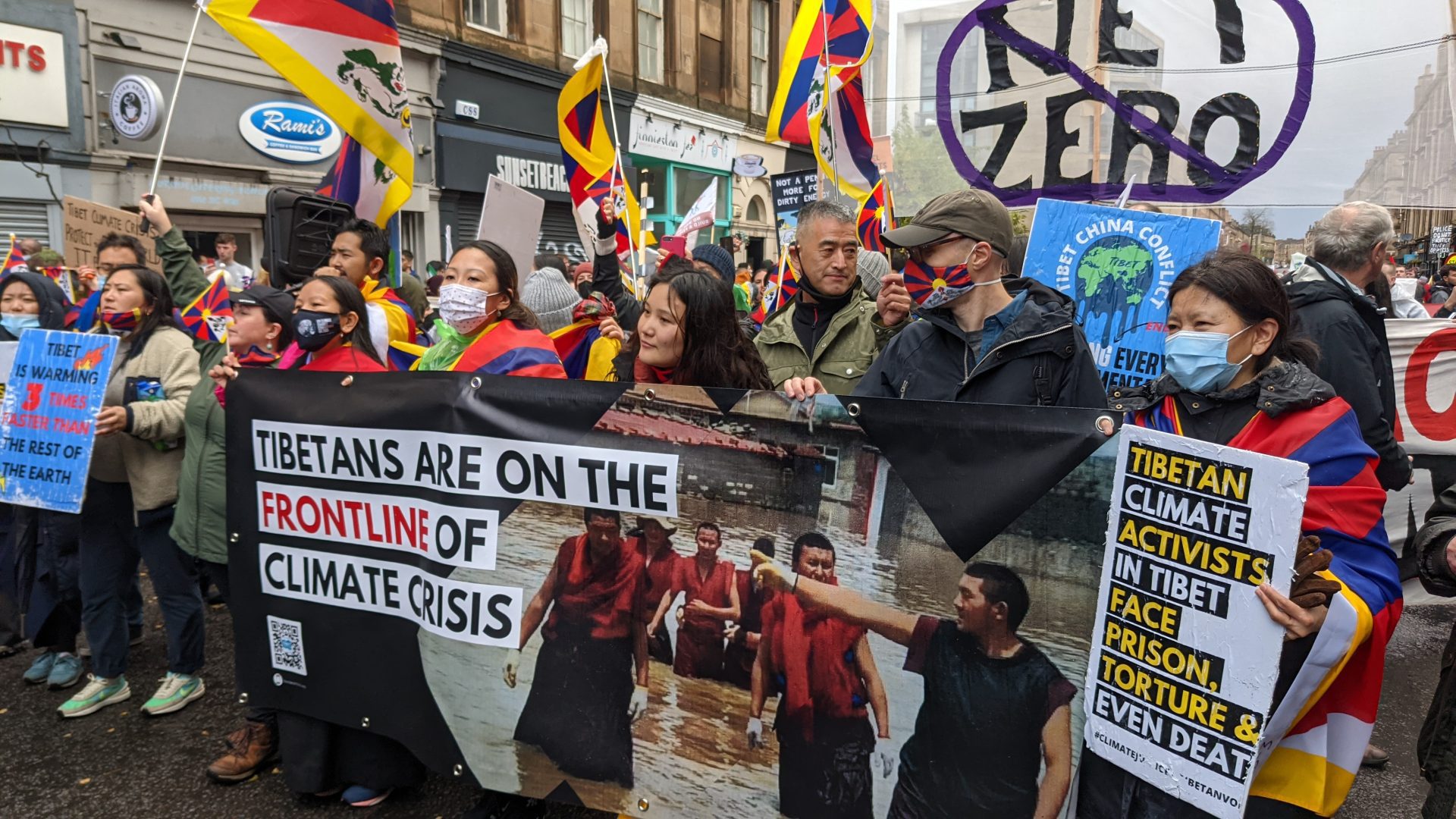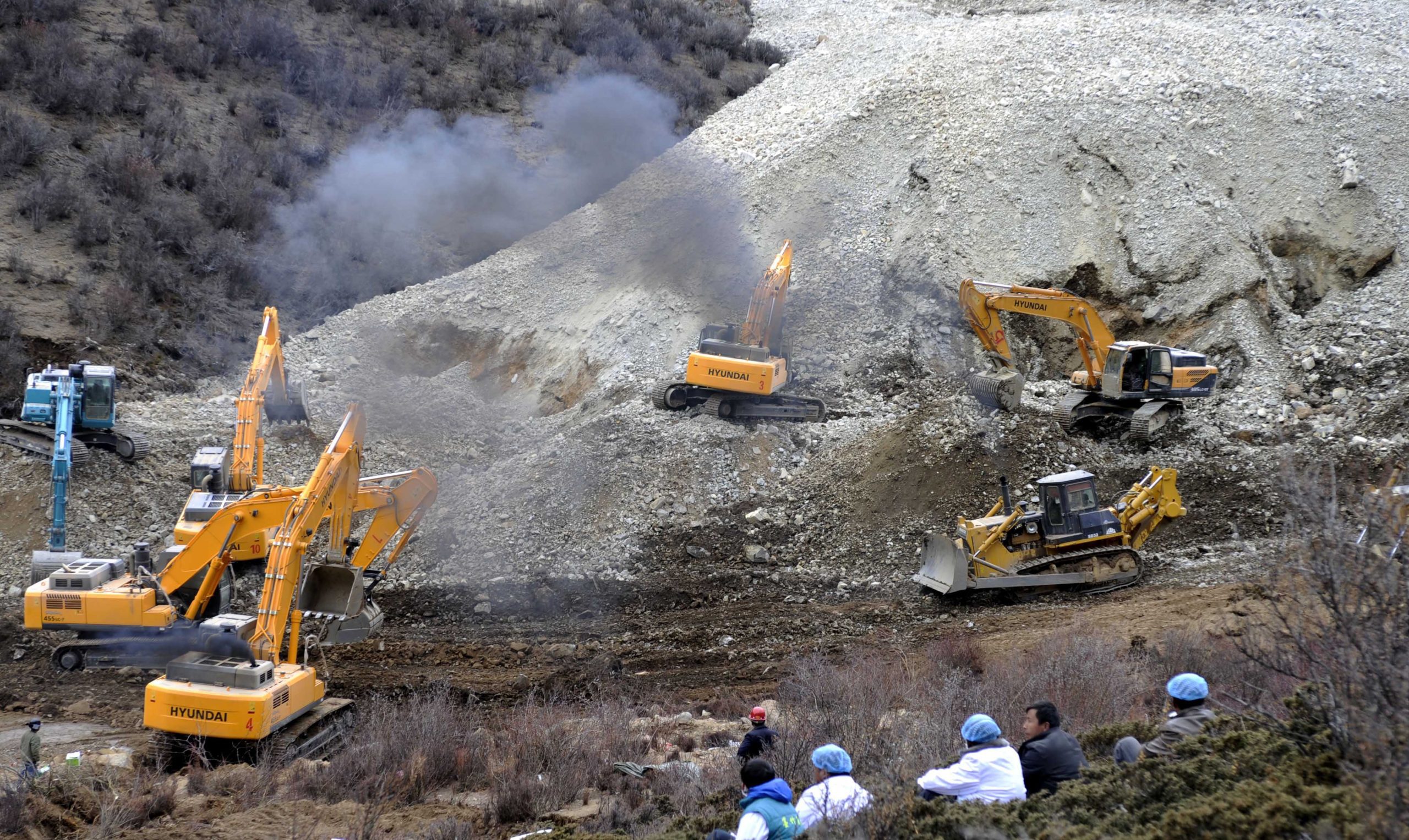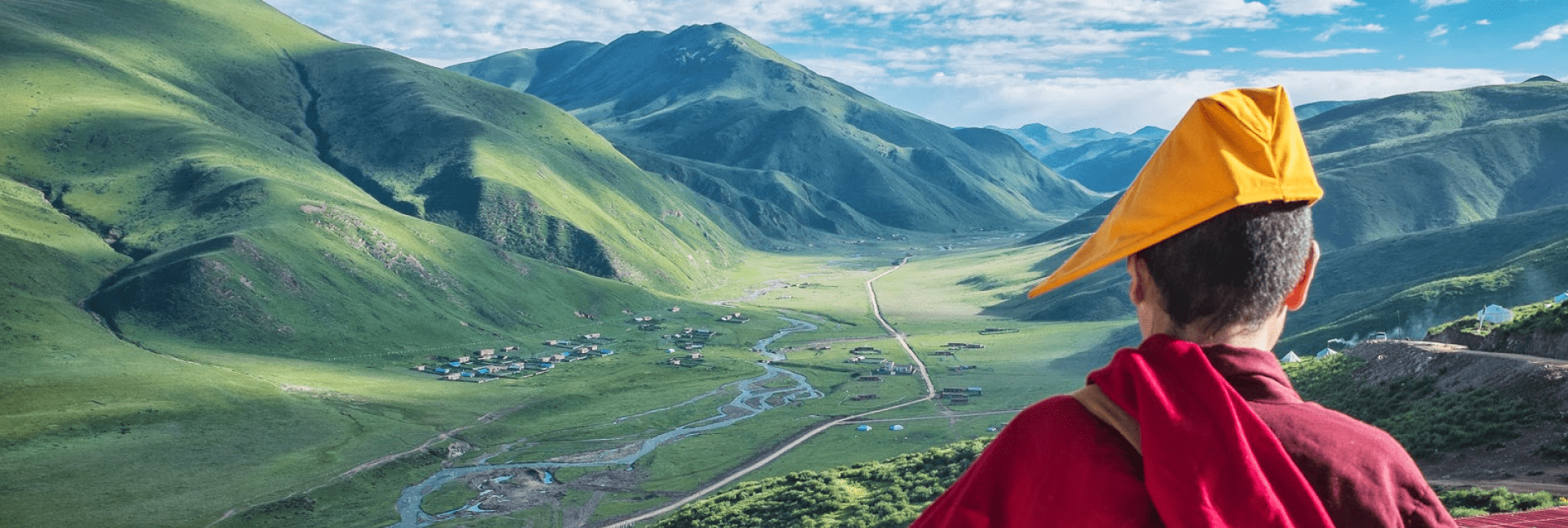How you can help
We believe that Tibetan voices are essential to finding solutions to the global climate crisis.
Tibetans must be given a platform in international discussions on climate change to allow their research, experience, and expertise to be heard.
To this end, we work with Tibetan climate researchers, campaigners and advocates to bring their experiences and their solutions to wider attention.
At COP26 in Glasgow and COP27 in Sharm El-Sheikh, we worked alongside other groups to create a formidable delegation of Tibetan climate researchers, advocates and campaigners. Together, they have been able to put Tibetans’ concerns to key policymakers, speak to journalists, and lead climate protests.
So that we can continue this work in the future, we want you to sign the Tibet Climate Pledge!
Add your voice to the growing movement that wants to ensure Tibet and Tibetan voices are represented at climate discussions on the international stage.







